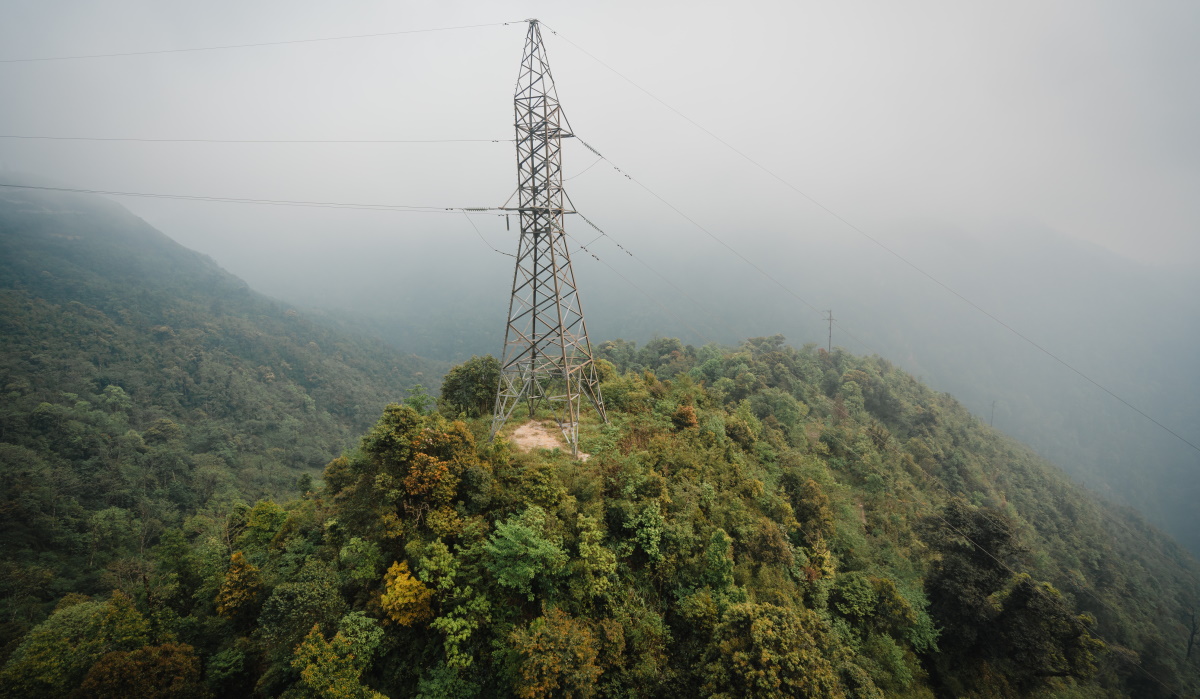PV beyond subsidies: experience from New Zealand
The past decade has seen a dramatic rise in the uptake of rooftop photovoltaic (PV) systems around the world.
This has been supported by policy measures, such as financial subsidies, but as more and more of these policy instruments are removed, it’s becoming increasingly important to understand some of the other influencing factors.

A recent study by Oxford Martin Fellow Rebecca Ford looked at PV uptake in New Zealand which has been increasing exponentially, despite the lack of subsidies and poor buy back rates.
The study found a variety of factors at play. While households that installed PV had the financial capacity to support their investment, financial motives were far from the driving factor.
Lack of trust in power companies, desire for grid independence (especially in case of natural disasters), and greater control over future outgoings were particularly powerful motivators. Access to energy advice and technological know-how enabled helped households to decide to invest in PV. Community energy schemes provided support through social networks, as well as business models. Cost structures that acted to reduce or remove upfront costs also supported the uptake of PV, tapping into householders’ desire to be somewhat grid independent.
These findings suggest that the removal of subsidies may not have a long-term impact on the uptake of rooftop solar, especially as prices continue to decline. Market and retail structures are ill suited to this new paradigm of bi-directional power flows, and although being completely off-grid may be beyond the means or interest for many, declining storage costs and new peer-to-peer energy trading models could mean we need an entire rethink of market structures to ensure our grids can continue to provide affordable and reliable power to all consumers.
Reference
Ford, R., Walton, S., Stephenson, J., Rees, D., Scott, M., King, G., Williams, J., & Wooliscroft, B. 2016. Emerging energy transitions: PV uptake beyond subsidies. Technological Forecasting and Social Change, 117: 138–150. doi: 10.1016/j.techfore.2016.12.007




